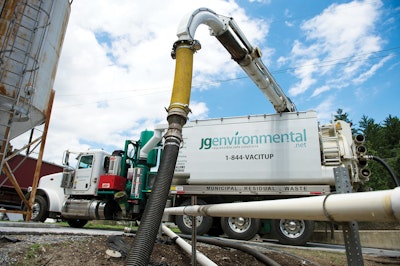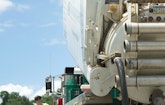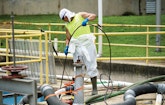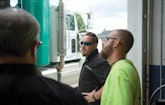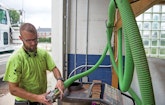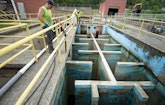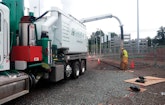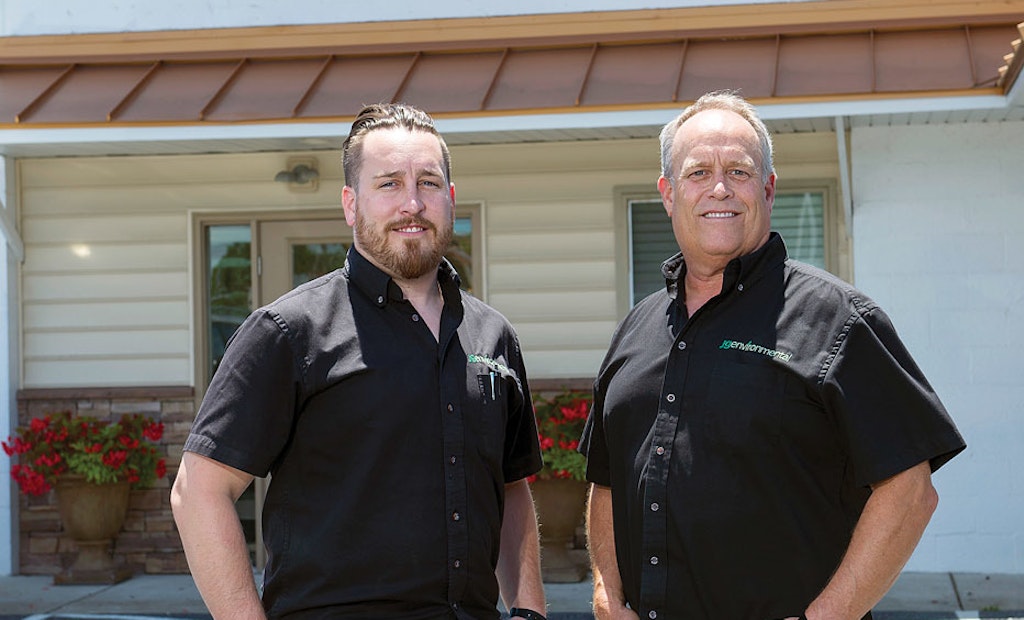
JG Environmental in Lancaster, Pennsylvania, has grown steadily, at times exponentially, since it’s founding in 2008. Vice President of operations Jim Guerin II (left) joined his father, President Jim Guerin, in the business after finishing college
Not many people were starting new businesses at the peak of the 2008 recession, but Jim Guerin took that leap.
Defying popular wisdom, Guerin resigned from his longtime, well-paying job to start his own operation and achieved remarkable success with a single guiding principle:...
